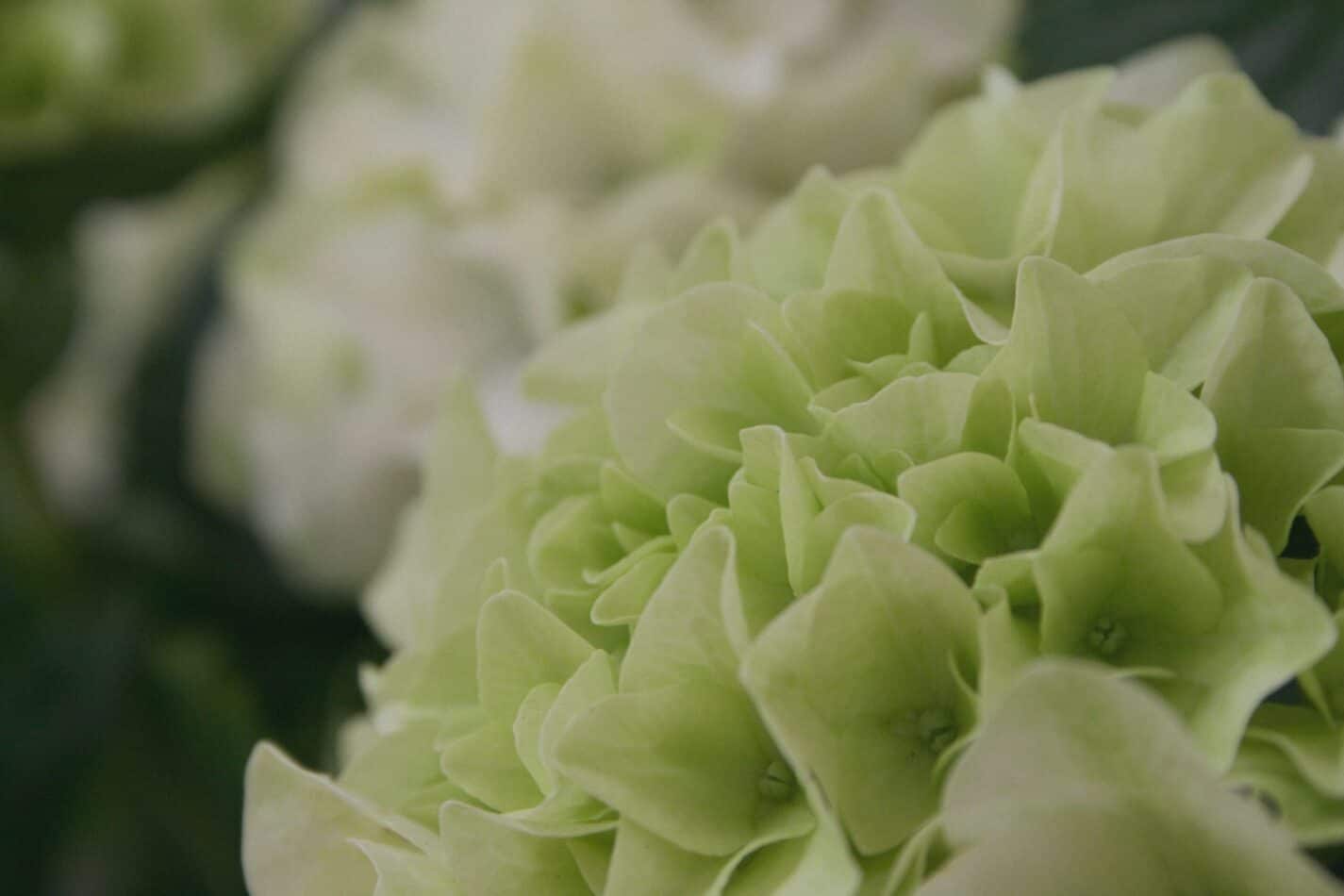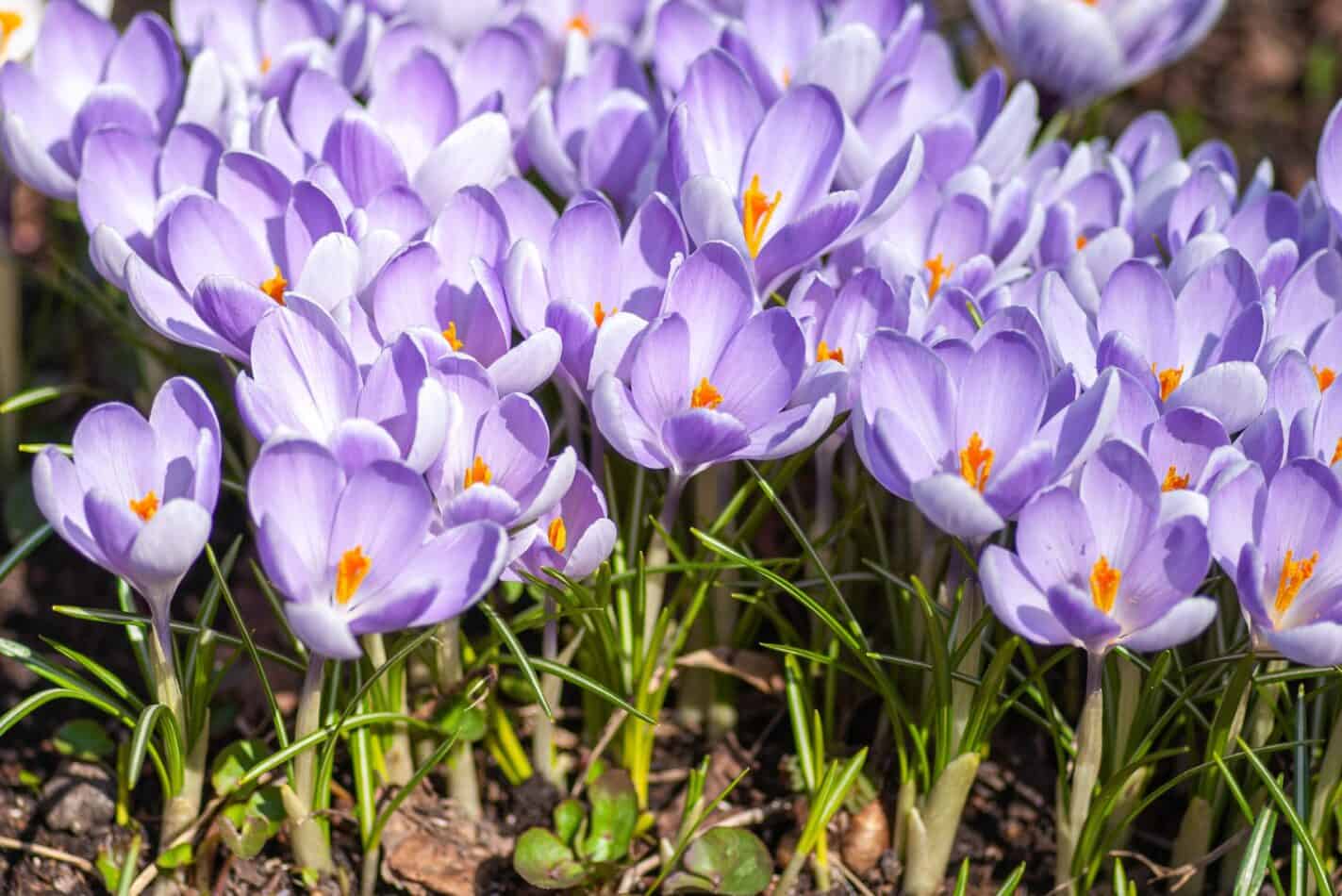Tender Geraniums and Pelargonium are two distinct species of flowering plants, both of which belong to the Geraniaceae family. Despite belonging to the same genus and sharing similar characteristics, they are significantly different in appearance, bloom time, and origin.
Etymology of Pelargonium
The name “Pelargonium” derives from the Greek word “pelargos,” which means “stork,” used to describe the shape of the plant’s fruit. Additionally, the species can also be called “geranium” or “stork’s bill.” The original name is said to derive from the eminent Dutch botanist Charles l’Ecluse, also known as Carolus Clusius.
How to Plant and Grow Tender Geraniums
Tender Geraniums thrive with at least six hours of sunlight, though they appreciate some afternoon shade during the summer months in certain parts of the United States. The soil should be well-draining and enriched with organic material like compost. They prefer a soil pH of 6.0 to 6.7. Water deeply once or twice a week during the growing season and keep the soil slightly moist. In the winter, only water if the soil has become bone dry.
Tender Geraniums need to be fertilized once a month throughout the growing season, with a balanced, water-soluble fertilizer. During the winter, it’s best to opt for a lower concentration of fertilizer to avoid root burn.
Tender Geraniums prefer temperatures between 60 and 75 degrees Fahrenheit. In areas where winter temperatures dip below this range, they will need to be brought indoors or taken as cuttings to be overwintered.
Meaning and Symbolism
Tender Geraniums have long been associated with compassion, love, and friendship. The flower has been used for centuries to honor close relationships and nurture good feelings. As such, Tender Geraniums make an excellent gift for those special occasions such as an anniversary or a housewarming.
History, Mythology, and Religious Significance
Tender Geraniums have a long and storied history. As far back as the Middle Ages, it was thought that the flowers had the ability to ward off the plague. The genus is also mentioned in the Bible, and was considered a symbol of purity and grace. More recently, they have become a popular choice for bedding plants due to their bright and cheerful flowers.
Flower Varieties and Their Defining Characteristics
There are several varieties of Tender Geraniums, many of which have been bred specifically for the home gardener. The most common varieties, listed with their defining characteristics, include:
- Zonal Geraniums: Zonal Geraniums are a popular bedding plant, known for their upright habit and multiple blooms on one stem. They come in several colors, including red, pink, white, and salmon.
- Regal Geraniums: Regal Geraniums, also known as Martha Washington, are larger in size than the other varieties. They come in a range of colors, including purple, scarlet, and lavender.
- Angel Geraniums: Angel Geraniums are small, compact plants with large white flowers. They are a good choice for adding a bit of white to a container garden.
How to Pot and Repot Tender Geraniums
Tender Geraniums are best potted in a container that has ample drainage holes in the bottom. Clay and ceramic pots are ideal for this type of flower, as they will allow the necessary air to pass through the roots. The soil should be made up of two parts compost, one part potting soil, and one part perlite or sand.
When repotting, it’s best to choose a pot that is no more than a couple of inches bigger in diameter than the previous pot. For a larger pot, use a potting soil mixture to encourage aeration.
How to Prune
To encourage healthy growth and flowering, annual pruning of Tender Geraniums is important. Pruning should be done in the summer, once they have finished flowering. Start by removing any dead, damaged, or diseased foliage, then remove any old flower heads to prevent seed formation. Finally, remove any stems that have become too leggy for a well-rounded shape.
How to Propagate
Propagating Tender Geraniums from cuttings is the easiest way to multiply your plants. Begin by selecting a healthy stem and cutting it just below a leaf node, then remove the lower leaves from the cutting. Dip the cutting in rooting hormone and plant it in a pot filled with damp potting mix. Keep in a bright spot out of direct sunlight, and water regularly to prevent the potting mix from drying out. Rooting should take place in six to eight weeks.
Common Pests and Diseases
Tender Geraniums are susceptible to various pests and diseases, including aphids, thrips, and fungal diseases. The best way to prevent pests and diseases is to keep them well-watered and free of debris and dead foliage. If you do encounter a pest problem, it is best to treat it with an insecticidal soap designed specifically for Tender Geraniums. If you notice any discoloration or wilting, treat with an appropriate fungicide.
Three Frequently Asked Questions About Pelargonium
- Are Pelargoniums easy to care for?
Yes, Pelargoniums are easy to care for, as long as you give them plenty of light, the right soil, and regular watering. - How can I keep my Pelargoniums blooming for longer?
You can encourage your Pelargoniums to bloom for longer by removing spent blooms, keeping them well-watered, and fertilizing once a month during the growing season. - Do Pelargoniums need to be brought inside in the winter?
In areas where temperatures drop below 60 degrees Fahrenheit, Pelargoniums should be brought inside or taken as cuttings to be overwintered.
Table Fact Sheet: Tender Geraniums and Pelargonium
| Name | Details |
|---|---|
| Tender Geraniums | Annuals |
| Pelargonium | Annuals |
| Family | Geraniaceae |
| Plant Type | Annuals |
| Mature Size | 12 to 24 inches tall |
| Sun Exposure | Full sun to partial shade |
| Soil Type | Well-draining |
| Soil pH | 6.0 to 6.7 |
| Bloom Time | Early summer through fall |
| Flower Color | White, red, scarlet, purple, lavender, pink, orange, yellow |
| Hardiness Zones | 6 thourgh 8 |
| Native Area | Africa, Australia, India |
What we love from Amazon this week
Buy these wonderful flowers directly from Amazon:















